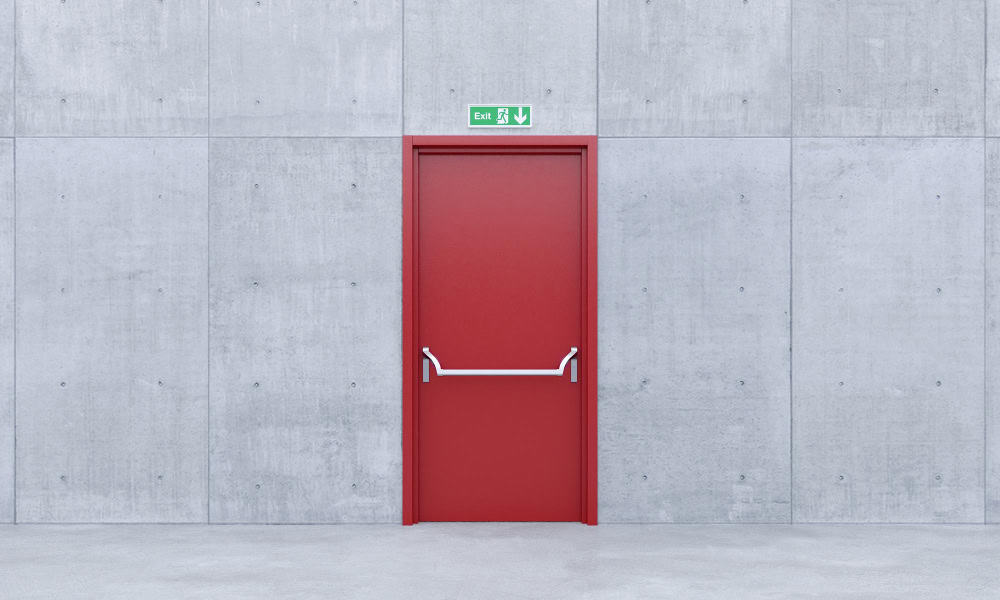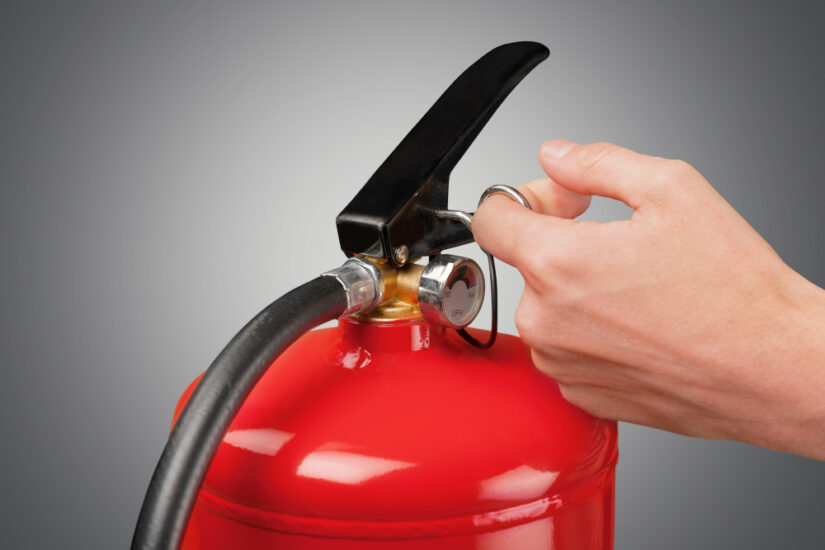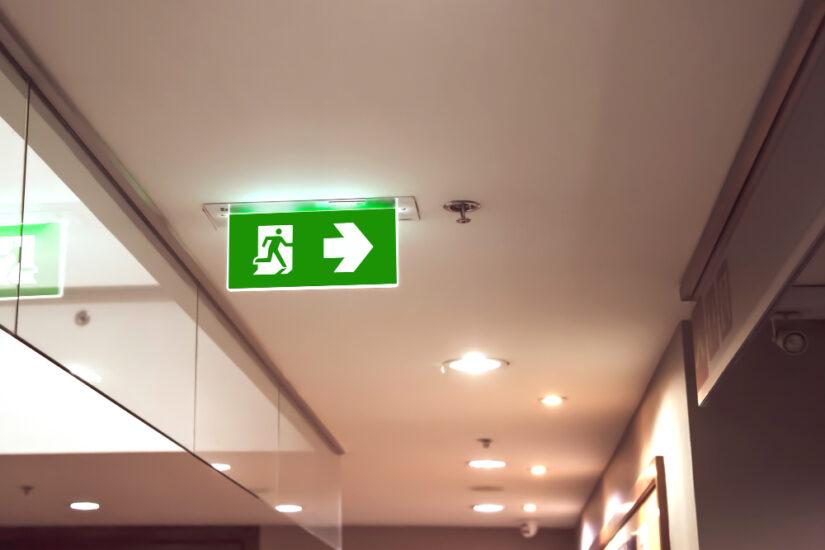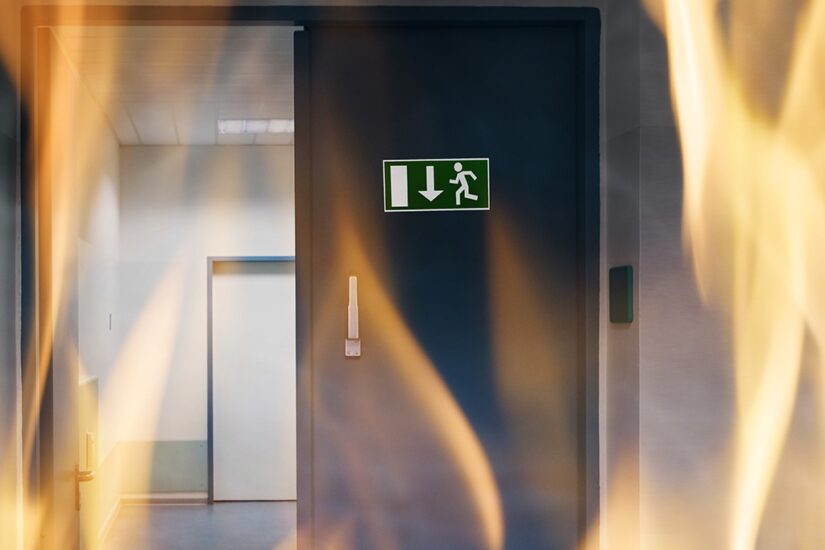Fire doors are a critical part of building safety. But even the best fire doors can fail if they’re not checked regularly. Knowing how often fire door checks should be carried out is essential for landlords, facilities managers, and business owners to stay compliant and keep occupants safe.
In this guide, we’ll cover:
- Legal requirements for fire door checks
- Recommended check frequencies
- Factors that affect check schedules
- Risks of skipping checks
- How professional checks work
Why Regular Fire Door Checks Matter
Fire doors are designed to stop fire and smoke from spreading, giving people more time to escape safely. However, gaps, damaged seals, faulty closers, or non-compliant hardware can make a fire door ineffective.
Even a small defect can compromise safety — and failing to carry out fire door checks can also lead to legal penalties.
Regular checks ensure your doors are functioning properly, compliant with regulations, and safe for building occupants.
Legal Requirements for Fire Door Checks
In the UK, fire door inspections are governed by:
- BS 8214: Fire Door Assemblies
- BS 9999: Code of Practice for Fire Safety in the Design, Management, and Use of Buildings
- Regulatory guidance from the Regulatory Reform (Fire Safety) Order 2005
While there’s no single law stating exact intervals, the recommended best practice is:
- Initial inspection when the fire door is installed
- Routine inspections every 6 to 12 months
- After any damage, building work, or door replacement
Tip: Some high-risk areas, like hospitals, schools, or high-traffic commercial buildings, may require more frequent checks.
Recommended Inspection Frequency
Fire doors should be inspected on a regular schedule to ensure they remain fully compliant and safe. Here’s what is generally recommended:
- Basic visual check: Every six months, carry out a quick inspection of gaps, seals, hardware, and door alignment. This helps catch minor issues before they become serious problems.
- Comprehensive inspection: Once a year, a certified fire door inspector should perform a detailed assessment of each door, checking all components and producing a formal report.
- After incidents or building work: Any time a door is damaged or after construction or renovations that could affect the door, it should be inspected immediately.
Key takeaway: Combining regular internal checks with an annual professional inspection is the best way to ensure your fire doors remain fully compliant and safe.
Factors That Affect Inspection Frequency
Not all buildings require the same schedule. Factors include:
- Building type: Schools, hospitals, and high-rise apartments often need more frequent checks.
- Occupancy levels: High-traffic doors wear faster.
- Environmental conditions: Humidity, heat, or exposure to water can affect door performance.
- Previous inspection results: Doors that frequently fail may need more regular monitoring.
Risks of Skipping Fire Door Inspections
Skipping inspections can have serious consequences:
- Safety risk: Fire doors may fail to contain fire and smoke.
- Legal liability: Non-compliance can result in fines or prosecution.
- Insurance issues: Some insurers may refuse claims if fire doors were not regularly inspected.
“Regular inspections are not just a legal requirement — they’re a life-saving measure.”
What happens during the inspection
A certified fire door inspection usually involves:
- Checking gaps, seals, and closers
- Inspecting glazing and ironmongery
- Reviewing door alignment and frame integrity
- Producing a comprehensive report with any defects and recommendations
Book a professional fire door inspection to ensure your building is safe and compliant.
Conclusion
Fire doors save lives — but only if they are regularly inspected and properly maintained.
- Routine internal checks every 6 months
- Professional inspection annually
- Extra inspections after damage, replacements, or in high-risk environments
Following these guidelines ensures your fire doors are compliant, functional, and safe.










